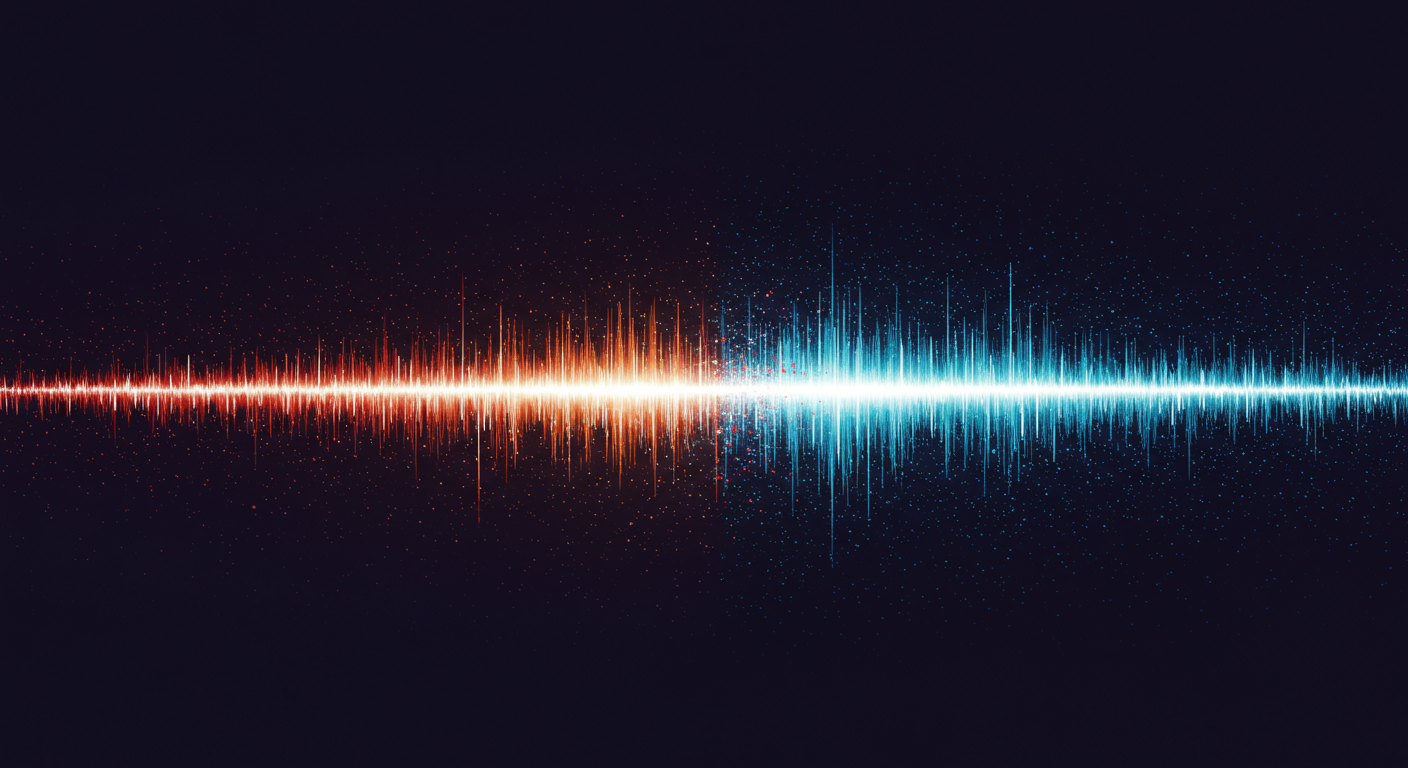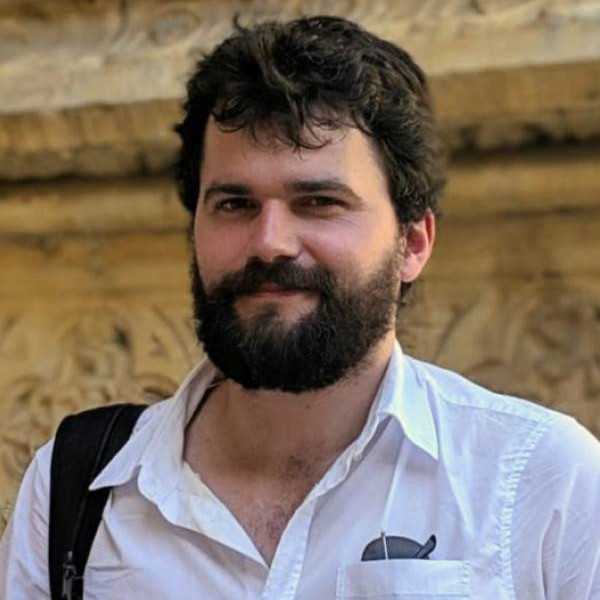Bayesian approach to radio frequency interference mitigation

The escalating challenge of radio frequency interference (RFI), especially from burgeoning satellite constellations, necessitates innovative mitigation strategies, as explored in our recent work 2211.15448. This paper introduces a novel Bayesian approach to RFI mitigation, directly addressing the problem at the likelihood level. Lead author S. A. K. Leeney and colleagues, W. J. Handley and E. de Lera Acedo, present a method that simultaneously flags and manages contamination, offering a powerful tool for preserving data integrity in the face of growing interference.
A Bayesian Solution for a Pervasive Problem
Traditional RFI mitigation techniques often involve pre-processing steps or filtering, which can introduce biases or discard valuable data. Our Bayesian approach offers a more nuanced solution. By incorporating a piecewise likelihood function constrained by a Bernoulli prior, we can model the probability of data corruption directly within the inference process. This allows us to effectively “weight” the influence of potentially contaminated data points, rather than simply discarding them.
The core of our method involves introducing a binary mask, $\epsilon$, which distinguishes between corrupted and uncorrupted data points. A Bernoulli prior distribution governs the probability of corruption for each data point. By marginalizing over all possible configurations of the mask, we arrive at a corrected likelihood that accounts for the uncertainty in data integrity. However, direct marginalization is computationally prohibitive for realistic datasets. Therefore, we employ an approximation that focuses on the most likely configuration of the mask, which significantly simplifies the computation.
Impact and Applications
The implications of this work extend beyond radio astronomy. As observational instruments become increasingly sensitive, the need for robust data cleaning methodologies becomes paramount across various scientific disciplines. For instance, the sensitivity of gravitational wave detectors like LIGO abbott2009ligo underscores the critical importance of addressing contamination effectively ormiston2020noise. Our Bayesian approach offers a powerful tool for mitigating these challenges.
We have demonstrated the efficacy of our method using both a simple toy model and simulated data from the REACH radio telescope de2022reach anstey2022use, designed to detect the faint 21cm signal from the Cosmic Dawn. The results demonstrate that our method accurately recovers underlying signals even in the presence of significant RFI, highlighting its potential for application in next-generation experiments like the SKA bourke2015advancing.



Content generated by gemini-1.5-pro using this prompt.
Image generated by imagen-3.0-generate-002 using this prompt.